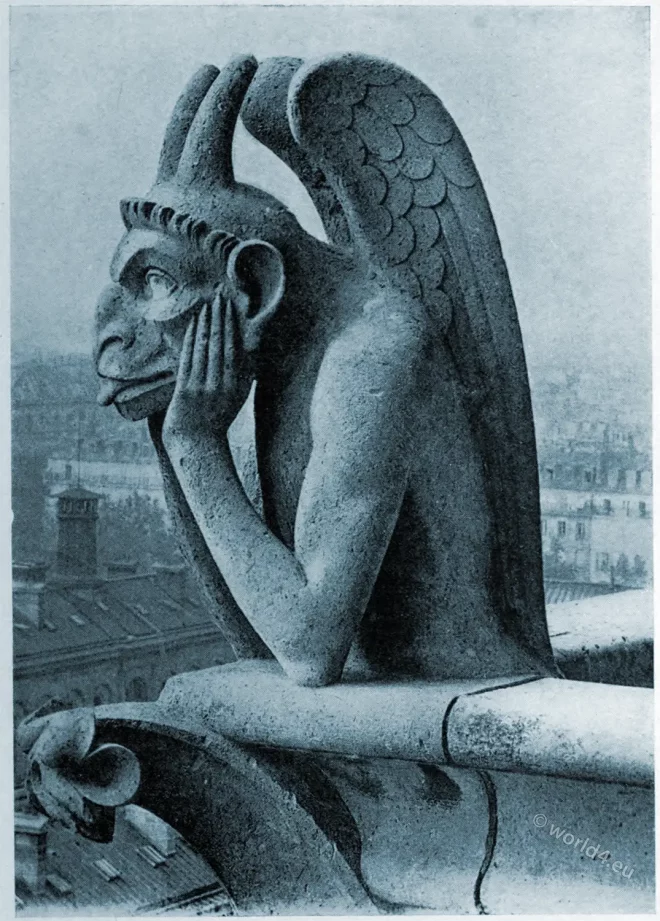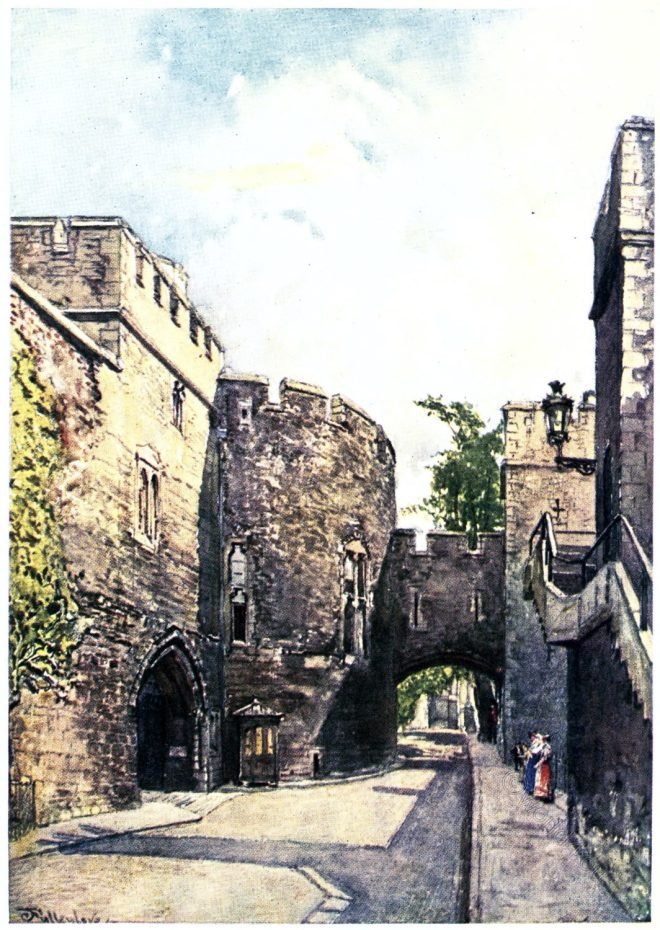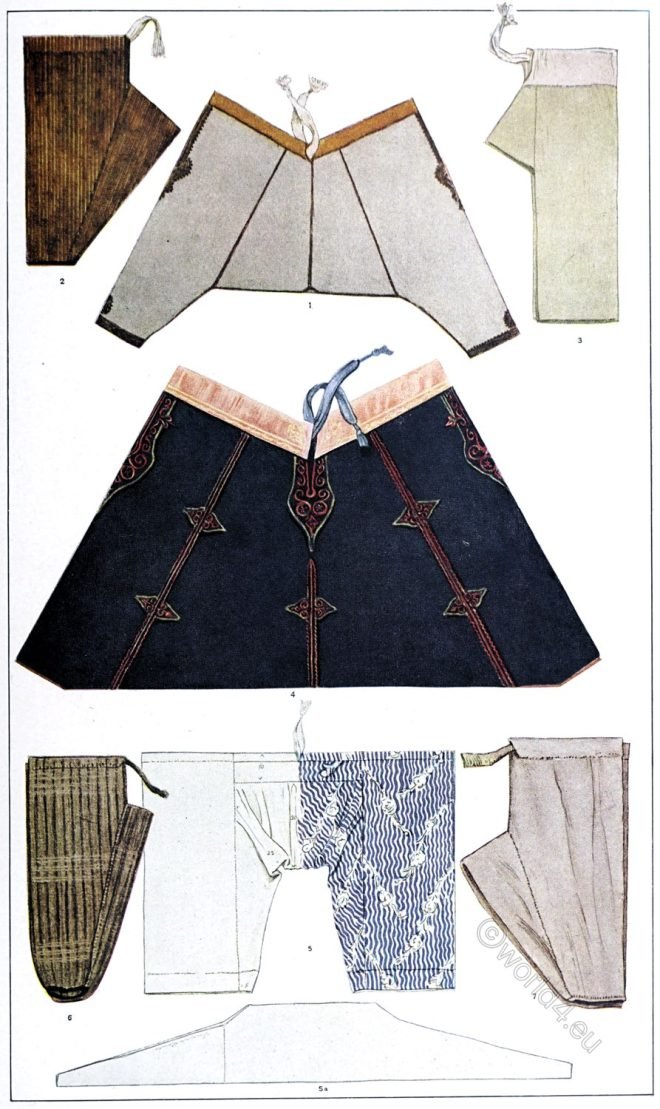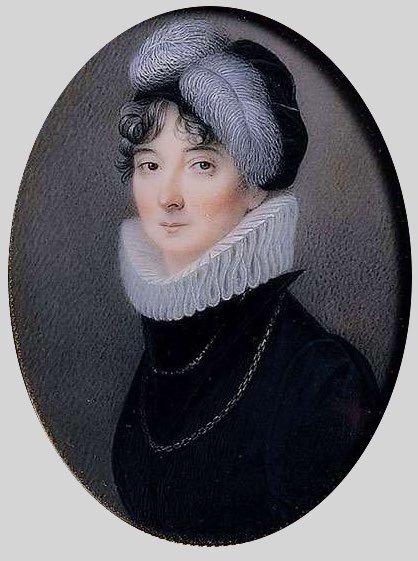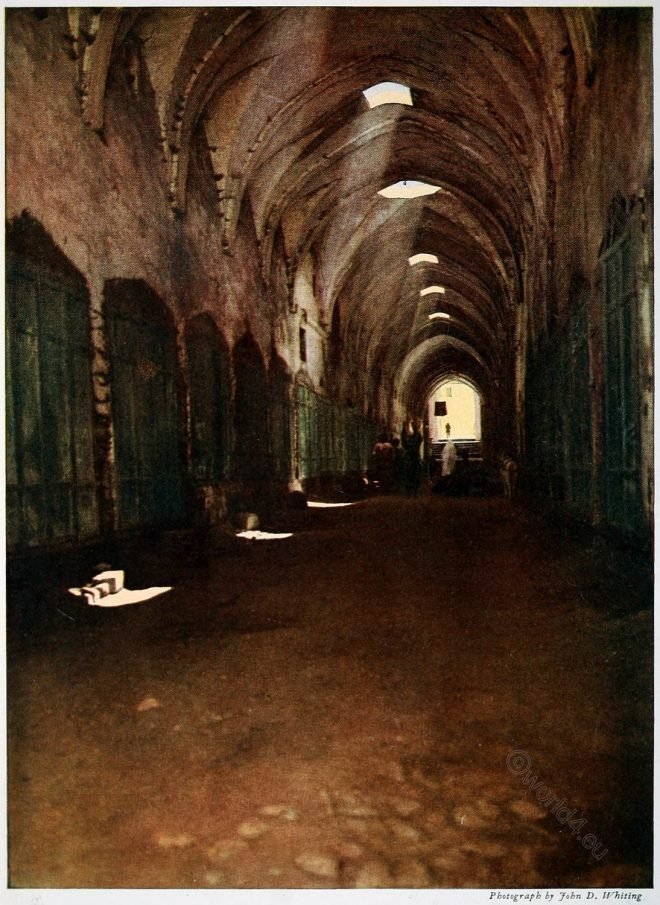Kosciuszko was a Polish military engineer. Between 1776 and 1783, he fought on the American side in the American War of Independence.
The cathedral of Notre Dame, Paris.
The history of the Cathedral of Notre Dame, one of the most ancient edifices in Paris.
Fashion silhouettes of the 19th century.
Restoration (1814-1830), Romantic period (1830-1848), Second Empire (1852-1870).
The Execution & Death of Anne Boleyn.
Memorials of the Tower of London. The Execution of Anne Boleyn.
The Tower of London, today guard-house for the Crown jewels.
The Bloody Tower and the Wakefield Tower, in which the Crown Jewels are kept.
Trouser shapes of Asia Minor. Turkey, Kurdish, Persian.
Trousers of a Kurdish leader. Turkish men’s trousers, Armenian women’s trousers, Persian men’s trousers.
The eighteenth century silhouettes. Baroque, Rococo & Directorate.
The leading fashion designers of the eighteenth century looked to the sixteenth century and later to classical Greece and Rome for ideas and inspiration.
Djouni, once the Residence of Lady Hester Stanhope.
Lady Hester Stanhope was an English aristocrat, antiquarian, and one of the most famous travellers of her age.
German Knights Family. Medieval Garb. 13th century
German knight in chain mail, sword and shield. Knight’s son in tabard over armour and sword. Noble lady in cotte.
Jerusalem. The Cotton Merchants’ Market. Suq al-Qattanin.
One of the entrances to the temple area within which stands the Mosque of Omar.


